Erick Carvajal Barboza
FIST: A Feature-Importance Sampling and Tree-Based Method for Automatic Design Flow Parameter Tuning
Nov 26, 2020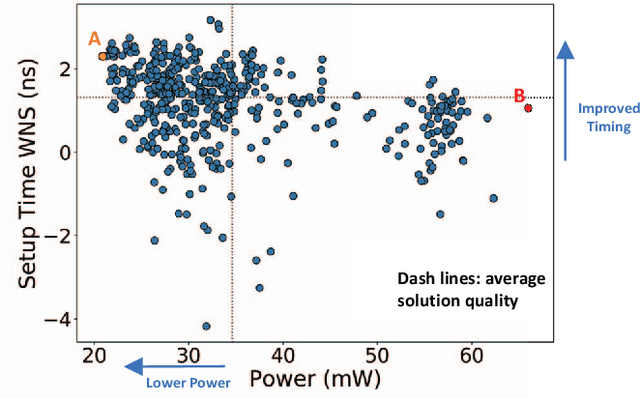
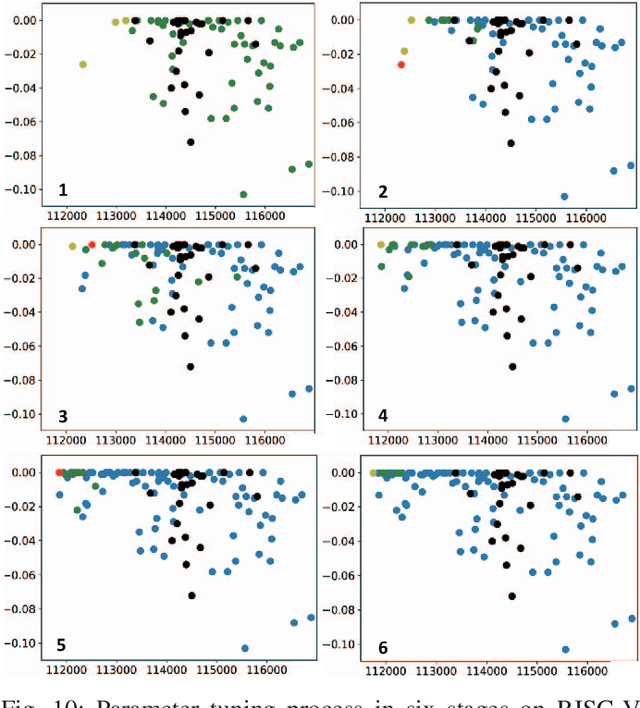
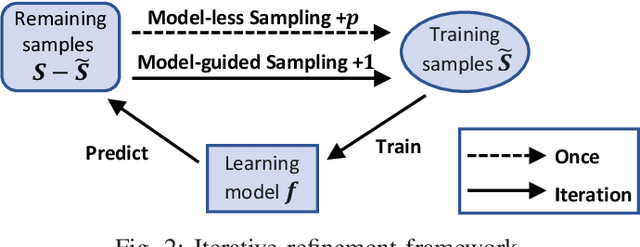
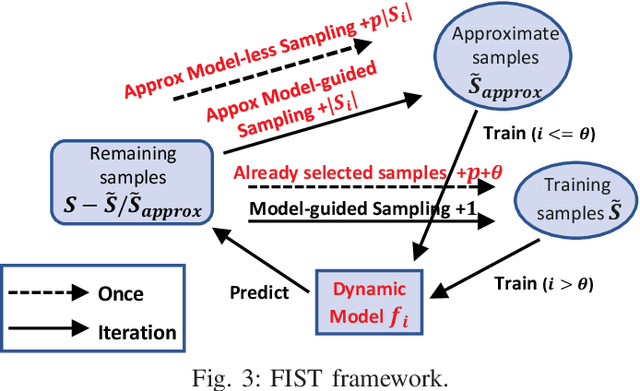
Abstract:Design flow parameters are of utmost importance to chip design quality and require a painfully long time to evaluate their effects. In reality, flow parameter tuning is usually performed manually based on designers' experience in an ad hoc manner. In this work, we introduce a machine learning-based automatic parameter tuning methodology that aims to find the best design quality with a limited number of trials. Instead of merely plugging in machine learning engines, we develop clustering and approximate sampling techniques for improving tuning efficiency. The feature extraction in this method can reuse knowledge from prior designs. Furthermore, we leverage a state-of-the-art XGBoost model and propose a novel dynamic tree technique to overcome overfitting. Experimental results on benchmark circuits show that our approach achieves 25% improvement in design quality or 37% reduction in sampling cost compared to random forest method, which is the kernel of a highly cited previous work. Our approach is further validated on two industrial designs. By sampling less than 0.02% of possible parameter sets, it reduces area by 1.83% and 1.43% compared to the best solutions hand-tuned by experienced designers.
Automatic Microprocessor Performance Bug Detection
Nov 19, 2020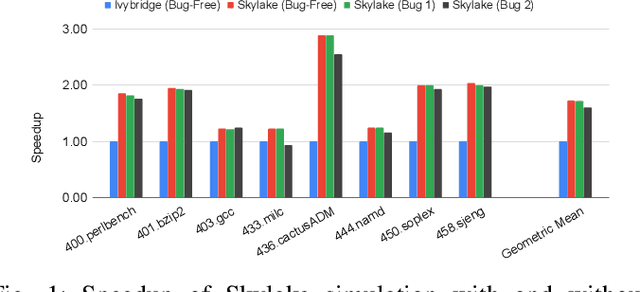
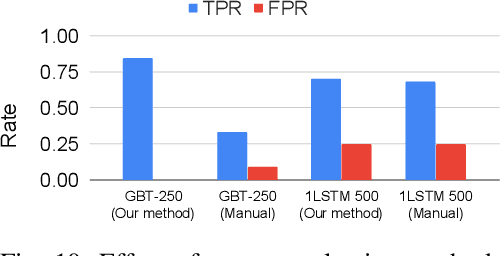
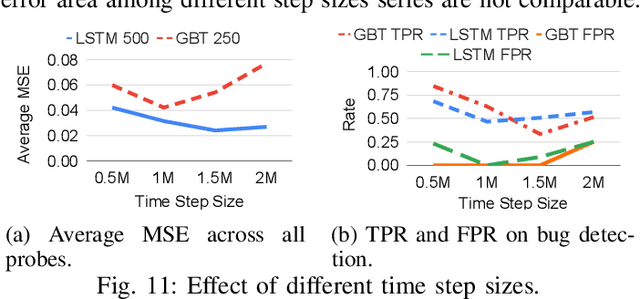
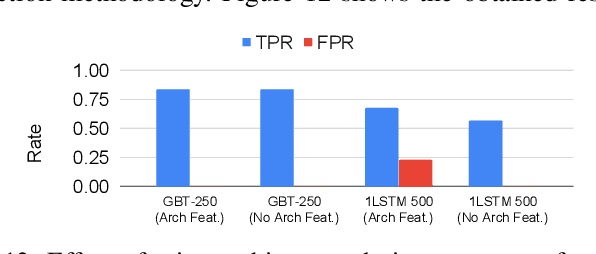
Abstract:Processor design validation and debug is a difficult and complex task, which consumes the lion's share of the design process. Design bugs that affect processor performance rather than its functionality are especially difficult to catch, particularly in new microarchitectures. This is because, unlike functional bugs, the correct processor performance of new microarchitectures on complex, long-running benchmarks is typically not deterministically known. Thus, when performance benchmarking new microarchitectures, performance teams may assume that the design is correct when the performance of the new microarchitecture exceeds that of the previous generation, despite significant performance regressions existing in the design. In this work, we present a two-stage, machine learning-based methodology that is able to detect the existence of performance bugs in microprocessors. Our results show that our best technique detects 91.5% of microprocessor core performance bugs whose average IPC impact across the studied applications is greater than 1% versus a bug-free design with zero false positives. When evaluated on memory system bugs, our technique achieves 100% detection with zero false positives. Moreover, the detection is automatic, requiring very little performance engineer time.
 Add to Chrome
Add to Chrome Add to Firefox
Add to Firefox Add to Edge
Add to Edge